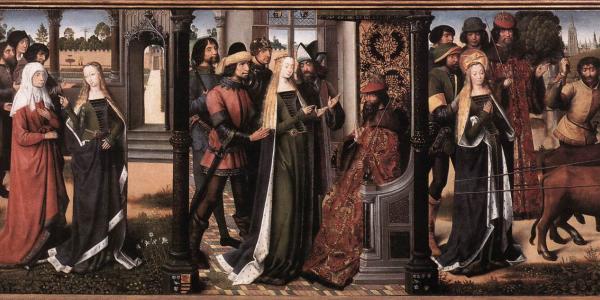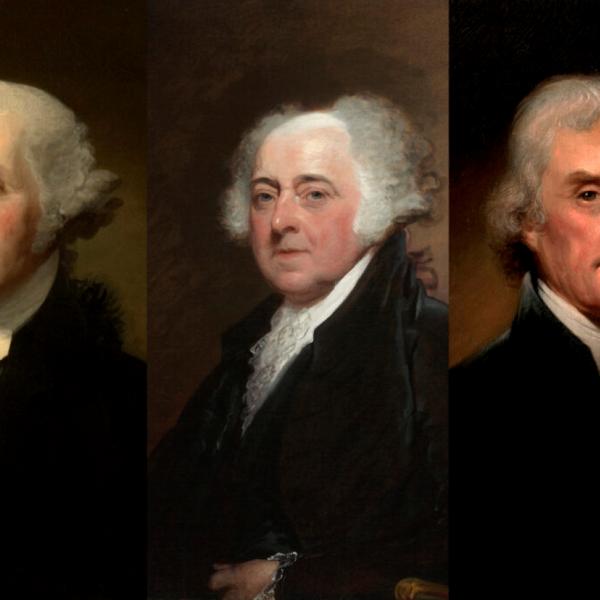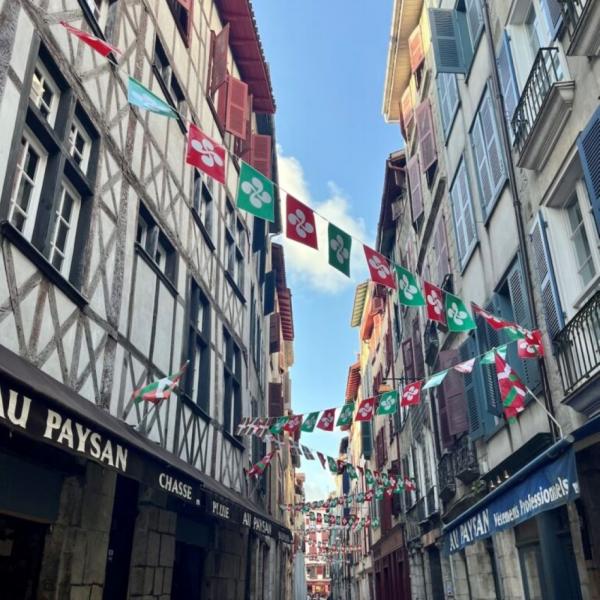What happens when a local community declares someone a saint on its own, outside of the official process established by the Catholic Church? New research from Arts & Sciences gives voice to women from southern Italy whose relationship to sanctity alarmed the Catholic Church in the early modern period.
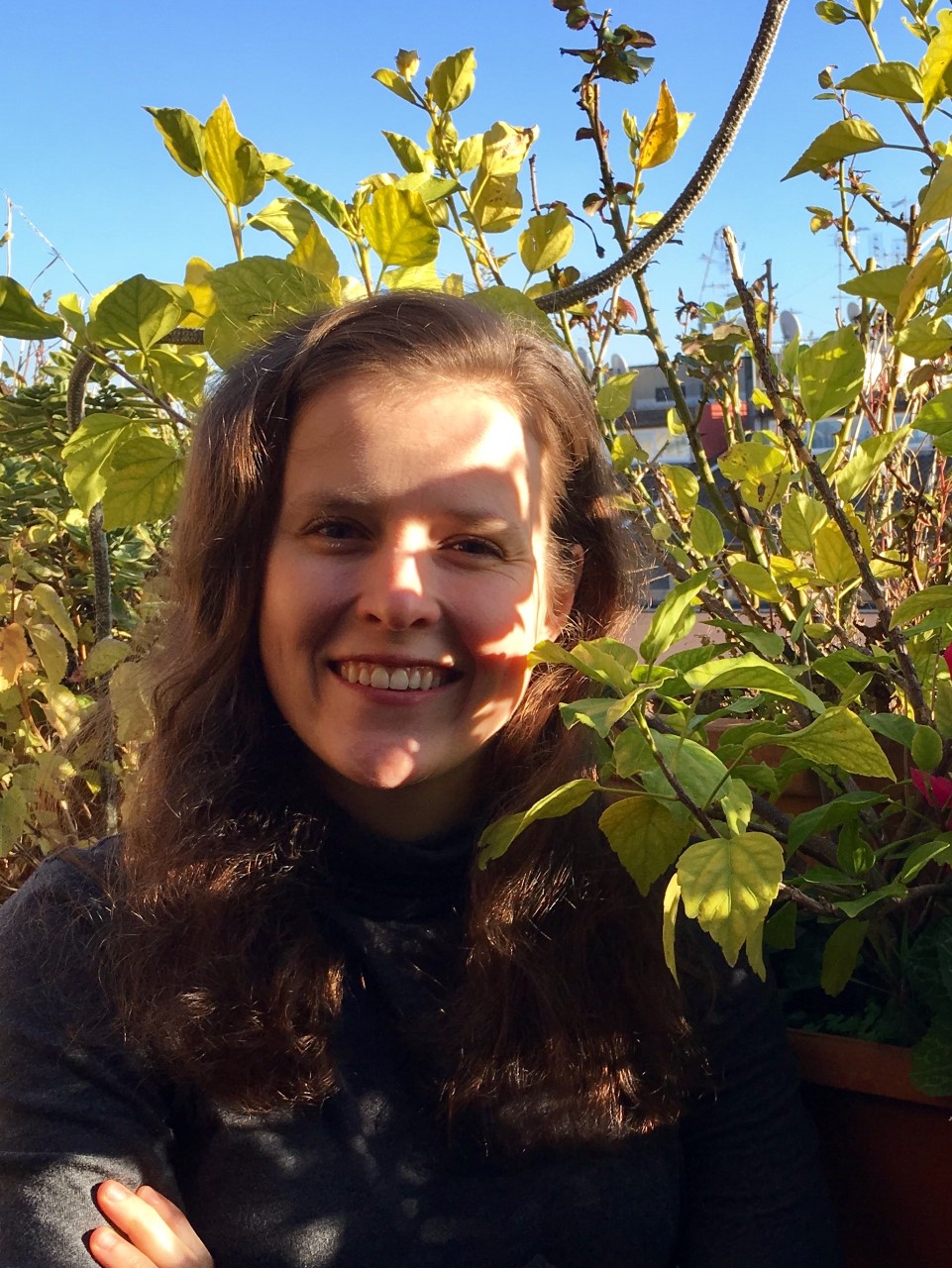
The first problem that Mary Andino, a graduate student in history at Washington University, encountered when writing about sainthood outside of the official canonization of the Catholic Church was that the only records about individuals proclaiming themselves to be saints are often court documents from the Inquisition. The Church was facing attacks on its legitimacy from the Protestant Reformation in the 17th century, and inquisitors were called to interrogate people who claimed to be able to perform miracles and bless followers. That these individuals were often women and illiterate, and so unable to record their own accounts at this time, makes the task of telling their stories all the more challenging.
Records from the Inquisition are complicated, necessary documents for historians because they often provide the only record of certain events, and yet they tell a filtered version of the story. “This is a question that all scholars who use Inquisition trials have to grapple with,” Andino explained, “because there is a filter applied to what these women said. They're not writing their testimony themselves. It's being recorded by a scribe. There is often a linguistic barrier where the defendant speaks in one language and their words are recorded in another. And then also, we cannot forget the threat of the Inquisition itself. These people recognize that being tried by the Inquisition is not a small matter. It's a pressure-filled situation where the inquisitors are the ones who get to ask the questions, and there can be a lot of leading questions.”
Andino calls these individuals on trial “putative saints.” These spiritual leaders “claim to be saints while they're alive, which is the absolute contradiction because saints by definition have to be dead,” Andino said. “So, proclaiming oneself to be a living saint is a really performative, a version of sanctity where we can see the people claiming holiness interacting with their devotees. That kind of interaction is something that's not normally accessible to Catholics in this period.”
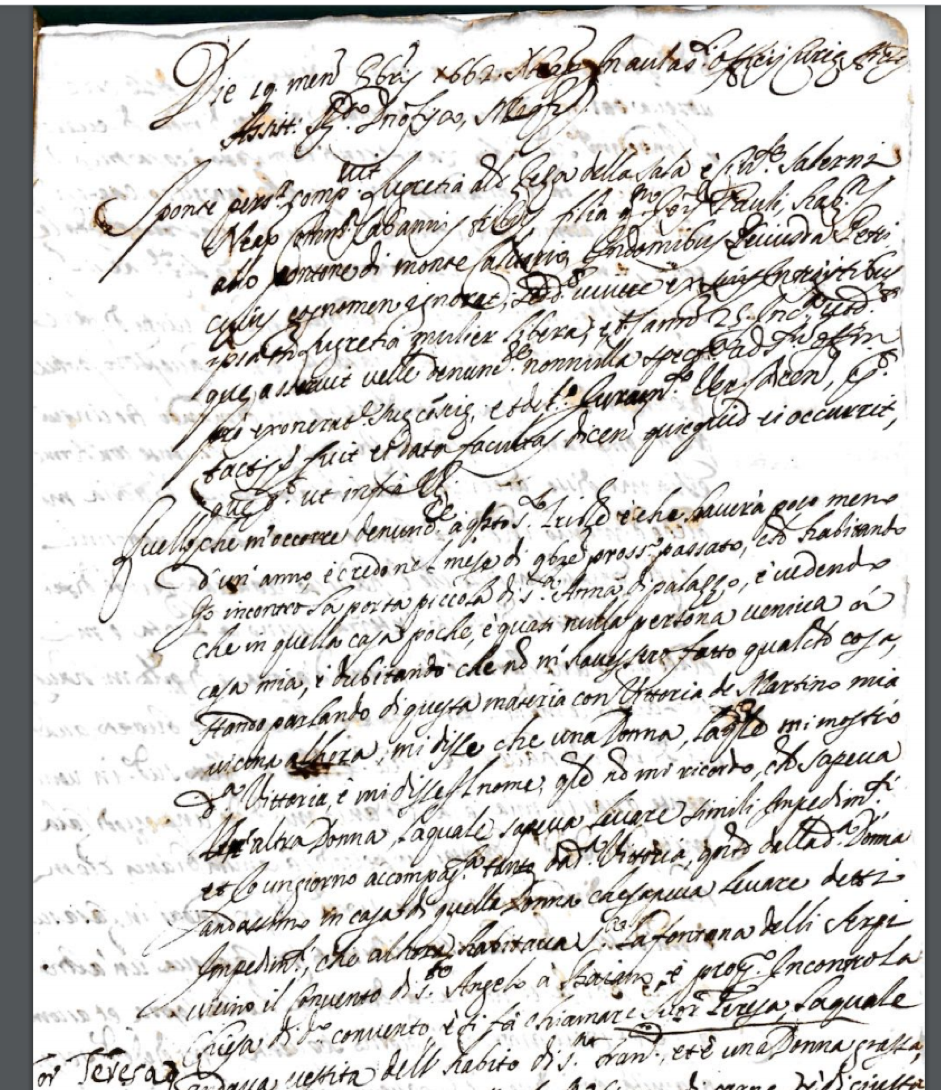
For people of faith in this period, the stakes could not be higher when it came to understanding who and who was not a saint. “Let’s say your child is sick or there is an earthquake happening in your town. That kind of emergency situation would lead people to call on a saint for help,” said Andino. “Who you pick at that moment matters a great deal. It could be literally life or death.”
The long process of canonization meant that the official list of saints from the Church was filled with names of people that individuals could not have known in their lives. “People often wanted to pick someone who maybe is not officially approved by the Church, but who holds great significance in their lives,” Andino explained. Rather than praying to an unknown canonized saint, many people appealed to living individuals who claimed holiness and could interact with their devotees.
In order to study the lives and significance of putative saints, Andino has developed a technique of interpreting Inquisition documents by focusing on the marginalia. Inquisitors ask pointed questions, which the defendants answer before changing the subject and speaking for pages without interruption. “The things that witnesses volunteer in those long stretches appear to be less filtered than their more straightforward answers to questions, where they are put in the position of denouncing things directly,” Andino said.
Another useful technique developed by Andino involves comparing witness testimony from a related set of trials. In 1690, in Palermo, Italy, a group of defendants were tried around the same time and testified in each other’s trials. “They are all referencing each other and make appearances in the stories told in each other’s trials, so you can cross-check their testimonies,” Andino said. “Did witness number one say the same thing in trial two as they did in trial four? What distortions are they making, and how are they changing the narratives they present the Inquisitors?”
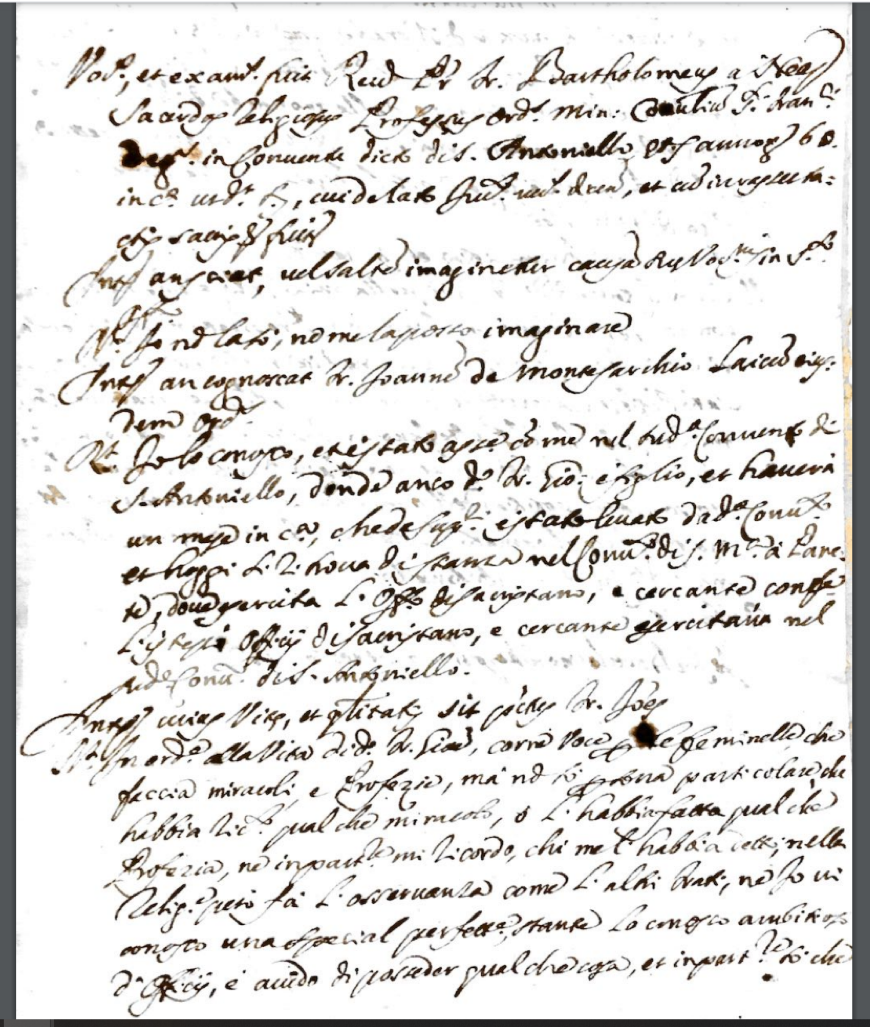
The prevalence of trials challenging the status of putative saints reveals their importance in the greater history of the Church in this period. The idea that laypeople – and women in particular – could establish sanctity outside of the control of the Church was problematic for a Catholic leadership facing the challenges of the Reformation. “Protestants were quite critical of the pantheon of saints, and so the last thing that the Catholic Church wanted was for a potentially fraudulent person to be elevated as a saint,” Andino said.
Female putative saints further challenged the authority of the Church by establishing women as spiritual authorities over male clergy, as frequently happened in confession. “These female living saints are theoretically supposed to be in a lower power position compared to confessors, who are always male,” explained Andino. “A confessor grants absolution and gives the layperson legitimacy. Yet we often see this great inversion where the female living saints are basically acting as confessors to their confessors.”
Andino’s research is about reconstructing the perspective of these individuals who are only able to speak from the margins of the Church’s history. “A lot of the early work on false saints been focused on categorization. How did the Inquisition work? Why are these women a problem for inquisitors, and how did inquisitors try and figure out what happened and categorize them? Now that that foundational work has been completed, I can move on to more on the ground questions and look at this history from the point of view of the living saints and their followers.”

